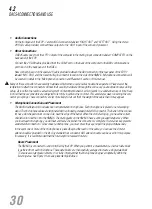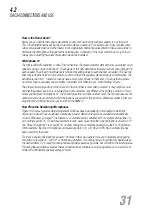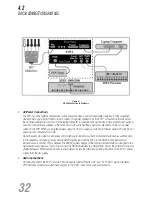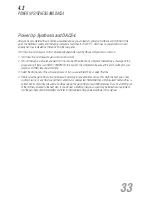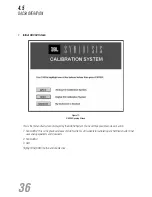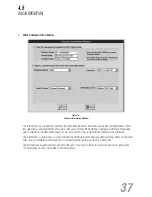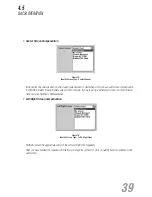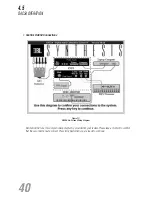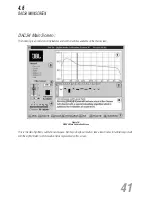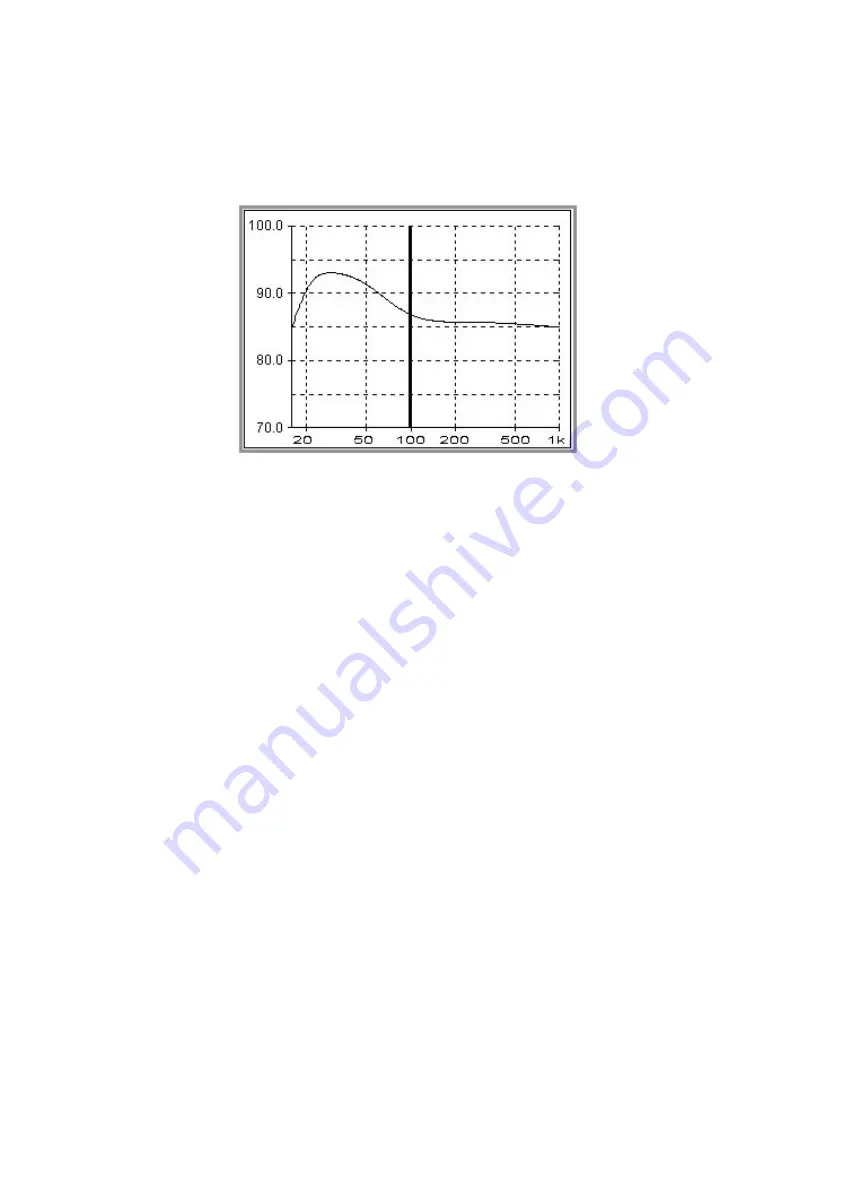
26
4.1
OPERATIONAL OVERVIEW
Figure 7:
Synthesis 1 Main Target Curve, Below 1kHz
• Ideal High-Frequency Response
Above a few hundred Hz, the perception of sound quality, or timber, is determined by a complex combination of
the direct sound – the first arrival at the listener’s ears, the early reflected sounds – those sounds that have
reflected from the floor, ceiling and the side walls, and the reverberant sounds – sounds that arrive after many
reflections, from many directions over a period of time. Two ears and a brain are powerfully analytical of this
soundscape, and they arrive at a kind of “weighted” combination of them. All of the components are important,
but not equally so, and not always so, depending on the kind of sound that is being listened to.
We know, from many carefully controlled listening tests, that all three components must be timbrally-neutral in
order for a loudspeaker to be rated highly by listeners. The design criteria, therefore, can be summarized as “a flat
on-axis frequency response, with a directivity that is constant as a function of frequency”. This is something that
can only be measured properly in a laboratory, during speaker design. Once they are installed in a room, it is
difficult to impossible to make measurements that reveal this behavior of the speakers.
In a room, all of the sounds are mixed together, arriving at the measurement microphone at different times,
from different incident angles. While two ears and a brain deals with such sounds in different ways, the “dumb”
measurement system has no such discrimination capability. The room measurement, therefore, while not
entirely useless, is an unreliable indicator of what a listener hears except, perhaps, in the gross sense of
overall sound level.



















